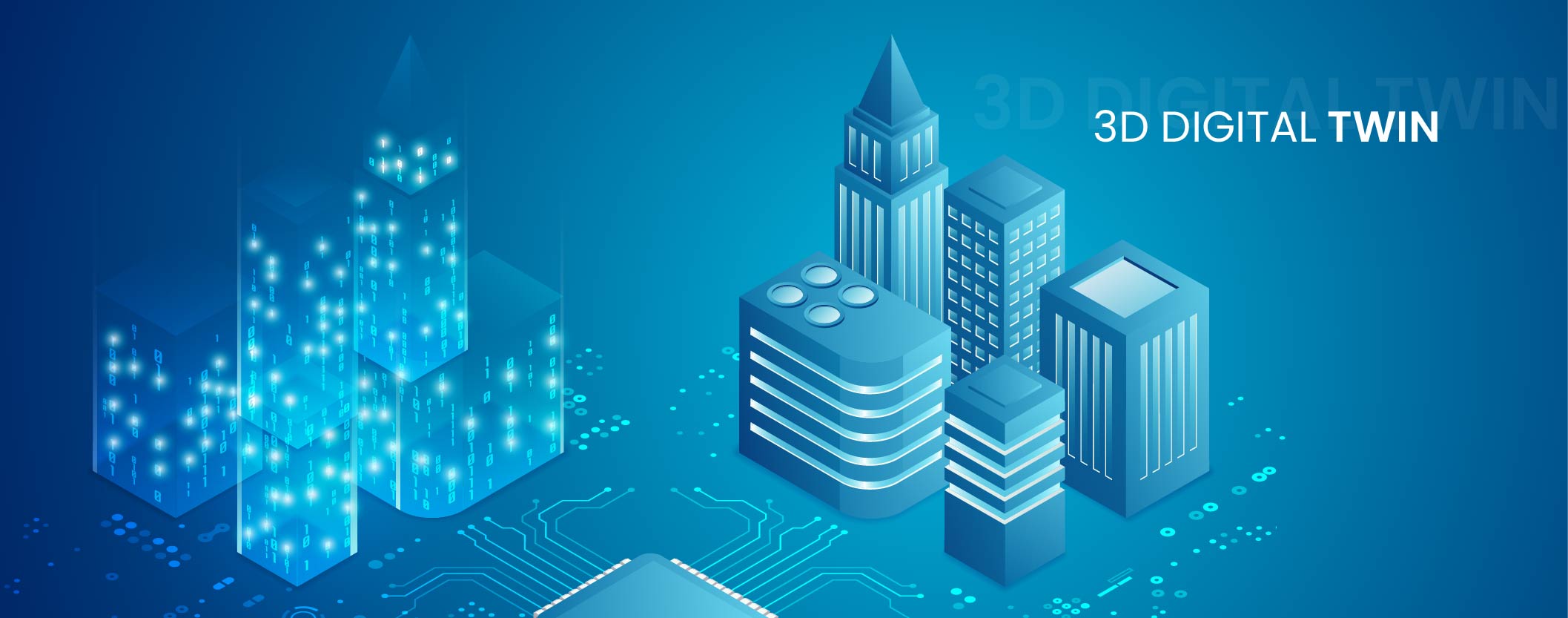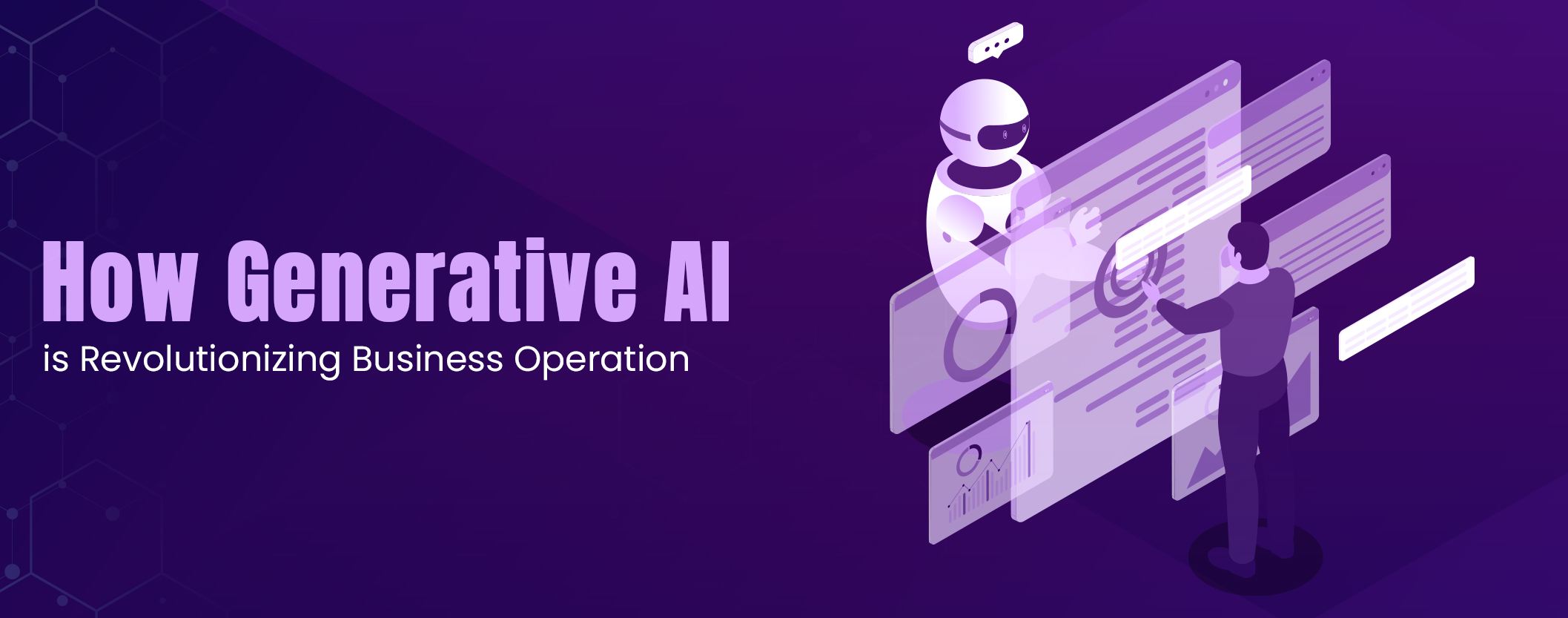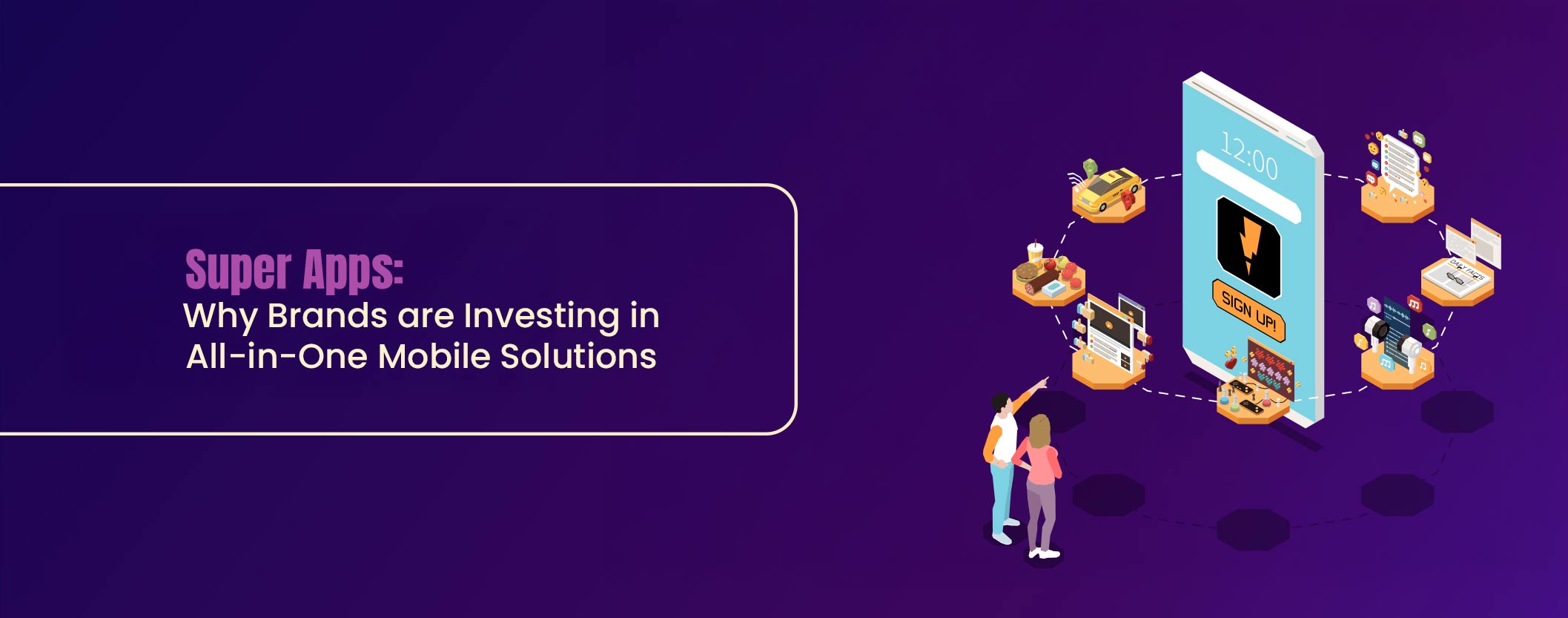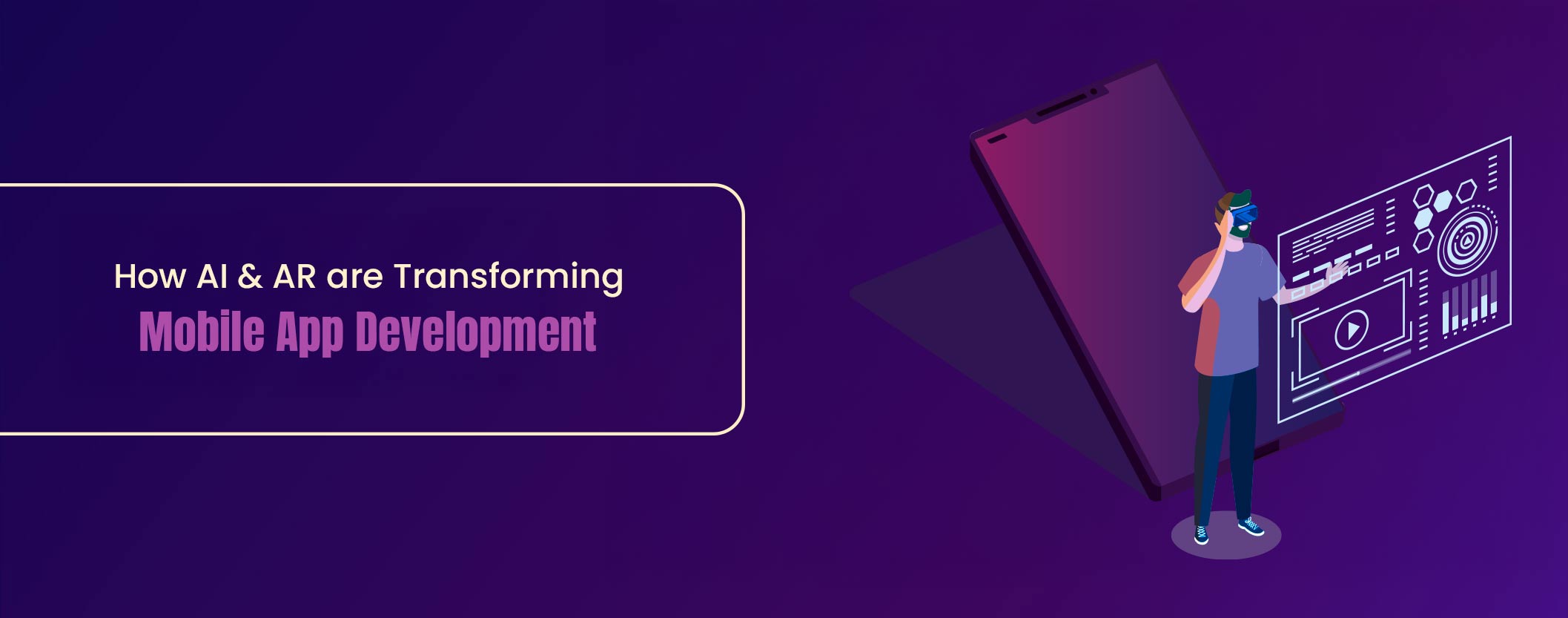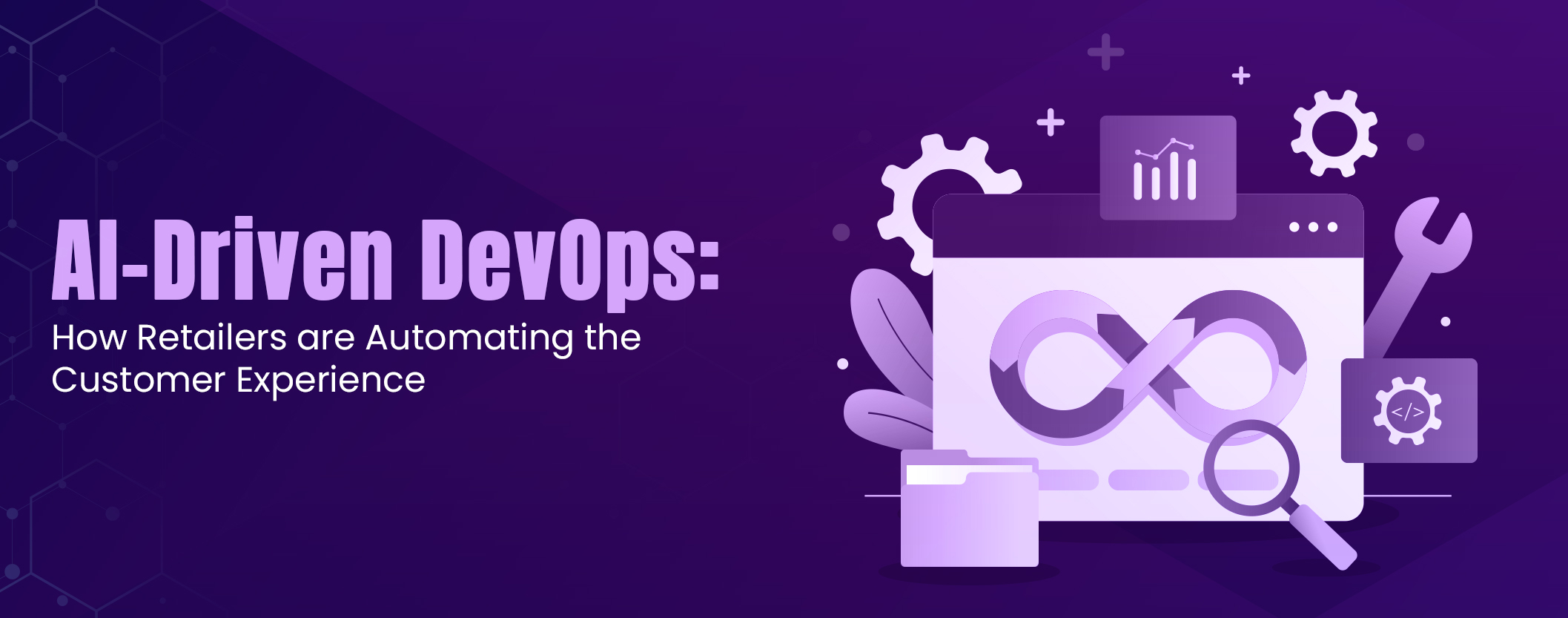Companies may now use technology to quickly discover and address physical problems, create and build better goods, and realize value and benefits faster than ever before. Businesses can use the 3D Digital Twin platform to improve their processes and performance. It provides a rich stream of real-world data, which AI uses to power visualizations, insights, predictions, and automation. The integration of these technologies results in more intelligent and efficient manufacturing processes, improved product quality, and modern operations.
They are employed throughout the production process, from designing and planning to sustaining existing facilities. Stigasoft provides such a type of prototype that enables you to constantly monitor your equipment and evaluate performance data to determine how a specific portion of the entire plant is performing.
Meaning of 3D Digital Twin
It is driven by real-time 3D, a computer graphics technology that produces interactive content faster than human perception, may curate, organize, and present many sources of data (both information and models) as lifelike, interactive visualizations. It is a virtual representation of an object or system that accurately reflects its physical counterpart. It covers the entire lifecycle of the object, is constantly updated with real-time data, and makes judgments using simulation, machine learning, and reasoning.
It simulates and monitors processes throughout the item’s lifecycle, using real-time data sent by sensors on the object. In layman’s terms, it is a digital model of an intended or actual real-world physical product, system, or process (a physical twin) that serves as its nearly identical digital counterpart for practical purposes such as simulation, integration, testing, monitoring, and maintenance.
Benefits of using a 3D Digital Twin
The following are a few benefits of using this twin technology:
Enhanced visualization
Visualization improves performance by enhancing confidence and decreasing performance anxiety. Athletes and exercisers develop self-efficacy and a strong belief in their skills by mentally rehearsing favorable outcomes and visualizing themselves achieving their peak. Visualization allows users to accept information more rapidly, gain more significant insights, and plan their next moves more efficiently. Exploration of intricate linkages. Advanced visualization technologies may present complicated correlations between data points and indicators, allowing a company to make more timely data-driven choices.
Whether simple or sophisticated, the appropriate visualization can get everyone on the same page, regardless of their degree of knowledge.
Predictive Maintenance
Predictive maintenance employs time series historical and failure data to forecast the future possible health of equipment and hence foresee problems in advance. This prediction allows businesses to optimize maintenance schedules and increase reliability. It tries to reduce maintenance frequency, thus preventing unplanned outages and excessive preventive maintenance expenses. Digital twins give a real-time representation of the physical machine and create data, such as asset degradation, for the predictive maintenance algorithm to employ.
They can utilize it to develop a predictive maintenance detection algorithm. This algorithm can then be deployed on the actual equipment’s controller.
Optimize operations
Digital twins are virtual representations of physical assets, machines, and processes that allow businesses to collect and analyze data in order to understand better how the system operates. This understanding enables them to discover problems earlier, forecast future dangers, and improve system performance. They are commonly employed to gather operational data over time. Engineering, production, sales, and marketing departments can share this data, which provides insights into product performance, distribution, and end-user experience.
You create a digital twin from real-time data, enabling you to digitally visualize a genuine product, system, or process in its totality and identify its flaws. This identification helps in generating a data-driven operational and strategic decision based on the analysis.
Remote Monitoring and Controls
Digital twins offer analysis, prediction, optimization, and monitoring of real-world entities without requiring direct involvement. Various industries, including manufacturing, healthcare, automotive, aerospace, and infrastructure, employ digital twins. This facilitates the monitoring and maintenance of IT systems, computers, cell phones, and other end devices. Regular remote tests quickly and reliably recognize defects and allow for immediate correction.
Simulations
The use of 3D digital twin technology offers an innovative approach to scheduling and crisis management. It helps users plan and respond effectively by allowing them to practice crisis circumstances. They can simulate these scenarios in a virtual version of the real world. Consequently, emergency responders can use these models to plan evacuation routes and evaluate possible risks. They can also allocate resources as efficiently as possible.
This technology also advances scheduling and shift planning by enabling detailed spatial data evaluation. It facilitates effective task delegation and workforce deployment. 3D Digital Twin gives users proactive capabilities to reduce risks, improve collaboration, and expedite operations during emergencies.
Digital Twins are an excellent way to capture and share locations in immersive 3D.
They have the potential to revolutionize a wide range of commercial applications. With the help of the web-based IDE Stigasoft Digital Twin platform (SDTP), users may create workflows and applications for 3D content without knowing any code. A digital twin operates by creating an exact digital duplicate of a tangible asset’s features, behavior, and performance. It does so within a virtual environment, enabling real-time monitoring and analysis. That is why they offer the best artificial intelligence services, allowing you to create living, scalable, and functional virtual representations of your factories in 3D.
With the implementation of deep learning, computer vision has undergone a dramatic transformation. It has shifted from conventional rule-based techniques to more sophisticated and flexible systems. In complicated circumstances, earlier methods like edge detection and thresholding have drawbacks. Developers have used these technologies to create solutions for business mission-critical use cases.

